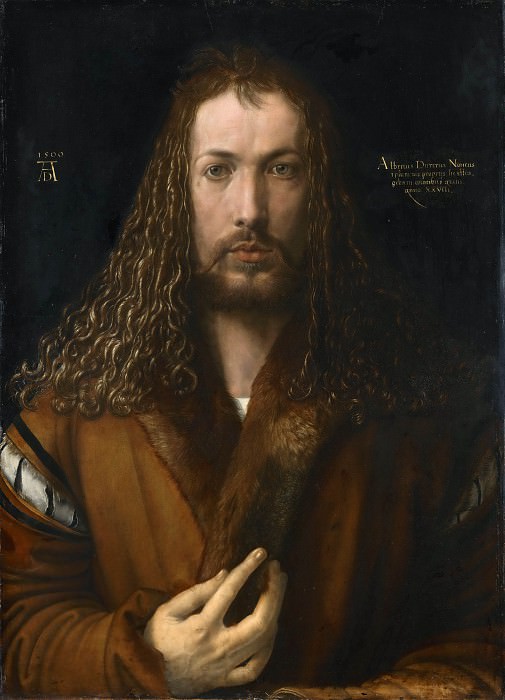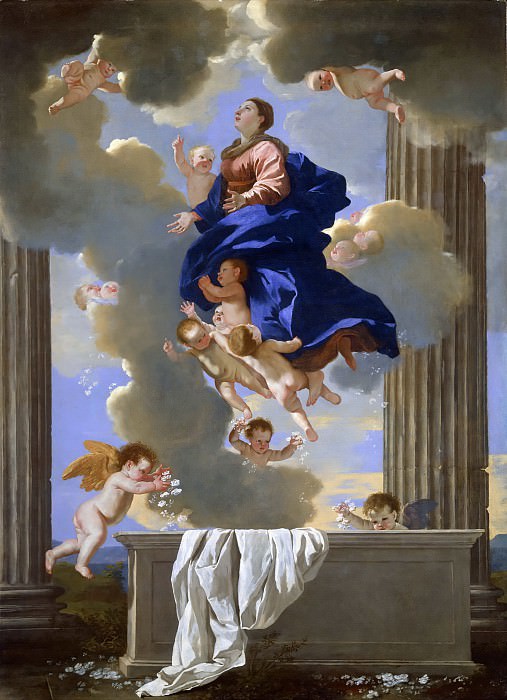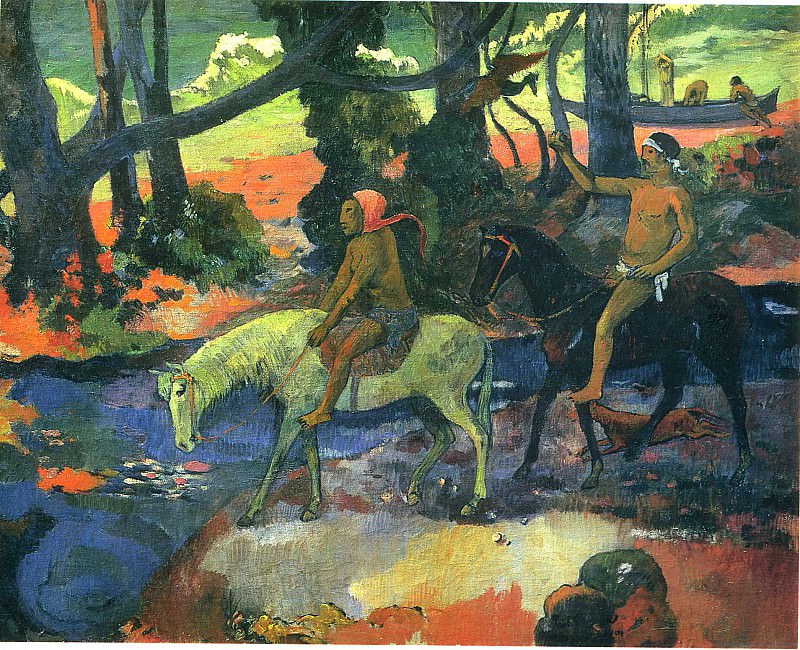The Origins of Dada Art
Dada art, often simply referred to as Dada, emerged as a radical and avant-garde art movement in the early 20th century. The movement began in Zurich, Switzerland, during World War I, a period marked by unprecedented turmoil and chaos. The disillusionment with the war and the socio-political conditions of the time fueled the rise of Dadaism. Artists and intellectuals sought to challenge the conventional norms and values of society, which they believed had led to the devastation of the war. Dada was an artistic revolt against the logic, reason, and aesthetic standards that had dominated Western art and culture.
Key Figures in Dadaism
Several key figures played pivotal roles in the development and propagation of Dada art. Among them was Tristan Tzara, a Romanian poet and one of the founding members of the movement. His writings and performances were crucial in shaping the Dadaist philosophy. Hugo Ball, a German author and poet, is another prominent figure who co-founded the Cabaret Voltaire in Zurich, which became the epicenter of Dada activities. Other notable artists included Hans Arp, Marcel Duchamp, and Francis Picabia, whose works and ideas significantly influenced the trajectory of the movement.
The Philosophy of Dada
At its core, Dadaism was a reactionary movement that sought to reject the traditional notions of art and culture. It was characterized by its anti-art stance, which meant that it deliberately defied the established conventions of what art should be. Dadaists embraced absurdity, irrationality, and spontaneity, often producing works that were nonsensical and chaotic. This approach was a direct challenge to the rationalist and nationalist ideologies that they believed had led to the horrors of World War I.
The Role of Cabaret Voltaire
Cabaret Voltaire, founded by Hugo Ball and Emmy Hennings in 1916, served as the birthplace of Dada. Located in Zurich, it was a nightclub that provided a space for artists and intellectuals to gather and express their dissent through performances, poetry readings, and exhibitions. The cabaret's eclectic and anarchic atmosphere epitomized the spirit of Dadaism. It was here that many seminal Dada events took place, including the first public readings of Dadaist poetry and the performance of experimental music.
Dada Art Techniques and Mediums
Dada artists employed a wide range of techniques and mediums to convey their anti-art message. Collage and photomontage were particularly popular, as they allowed artists to juxtapose disparate images and materials to create new meanings. Marcel Duchamp's ready-mades, ordinary objects that he designated as art, challenged the traditional notions of craftsmanship and artistic skill. Assemblage, a technique that involved creating three-dimensional works from found objects, was also a common practice among Dadaists.
The Spread of Dadaism
While Zurich was the birthplace of Dada, the movement quickly spread to other major cities, including Berlin, Paris, and New York. Each city developed its unique take on Dadaism, influenced by local artists and socio-political contexts. In Berlin, Dada took on a more political and satirical tone, with artists like George Grosz and John Heartfield using their works to critique the Weimar Republic and rising fascism. In Paris, Dada intersected with Surrealism, leading to a fusion of the two movements. New York Dada, led by figures like Marcel Duchamp and Man Ray, emphasized the role of chance and the absurd in art.
Dada and the Question of Meaning
One of the defining features of Dada art was its interrogation of meaning and the role of the artist. Dadaists questioned the very notion of meaning in art, often creating works that were intentionally ambiguous or devoid of clear interpretation. This approach was intended to disrupt the viewer's expectations and provoke critical reflection on the nature of art and its function in society. By undermining the conventional understanding of meaning, Dadaists sought to liberate art from the constraints of rationality and purpose.
The Impact of Dada on Contemporary Art
The influence of Dada on contemporary art cannot be overstated. Many of the techniques and ideas pioneered by Dadaists continue to resonate in modern and contemporary art practices. The emphasis on conceptual art, the use of found objects, and the incorporation of chance and spontaneity are all legacies of Dadaism. Moreover, the Dadaist spirit of rebellion and experimentation has inspired subsequent avant-garde movements, including Surrealism, Fluxus, and Punk.
The Enduring Legacy of Dada
Despite its relatively short lifespan, Dada left an indelible mark on the art world. The movement's radical approach to art and its challenge to the status quo opened up new possibilities for artistic expression. Today, Dada is celebrated for its innovative contributions to art and its bold defiance of societal norms. Museums and galleries around the world continue to exhibit Dada works, highlighting the enduring relevance of the movement.
Dada's Influence on Popular Culture
Beyond the confines of the art world, Dada has had a significant impact on popular culture. The movement's embrace of absurdity and its challenge to conventional norms can be seen in various forms of media, including literature, film, and music. The experimental and irreverent spirit of Dada has influenced a wide range of cultural phenomena, from the Beat Generation and the counterculture of the 1960s to contemporary street art and performance art.
Conclusion
Dada art, with its roots in the turmoil of World War I, represents a pivotal moment in the history of modern art. The movement's rejection of traditional aesthetics and its embrace of chaos and irrationality challenged the foundations of art and culture. Through their innovative techniques and radical ideas, Dadaists left a lasting legacy that continues to inspire and provoke artists and audiences alike. As we reflect on the impact of Dada, we are reminded of the power of art to question, disrupt, and transform our understanding of the world.




